The Fastest Growing Indian
What I thought economy means?
In simple words, the word economy reminds me of cheap. So I always relate this term for doing things in a cheap fashion thinking that there are positives. But I never thought about the negatives or the drawback aspects of being economic. Mostly I thought it is about being Economic. Later I understood that Economy means doing things in more economical way than being economic.
Here I would like to relate few points on how I was affected as a citizen and as an architect due to various analyses about my hometown Chennai located at Tamilnadu, India.
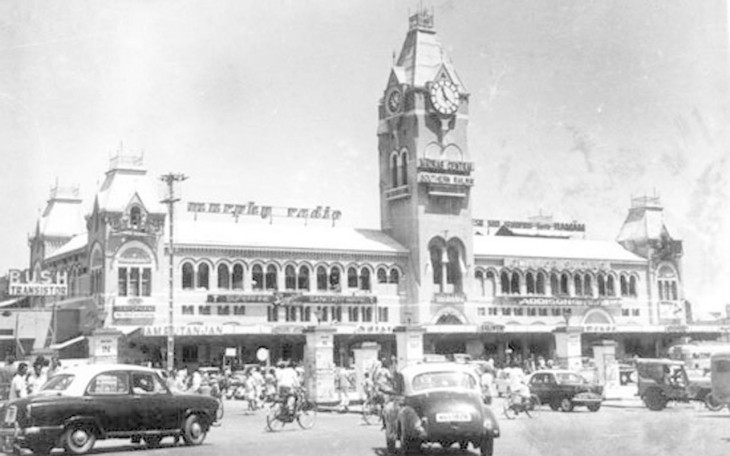 Madras Then
Madras Then
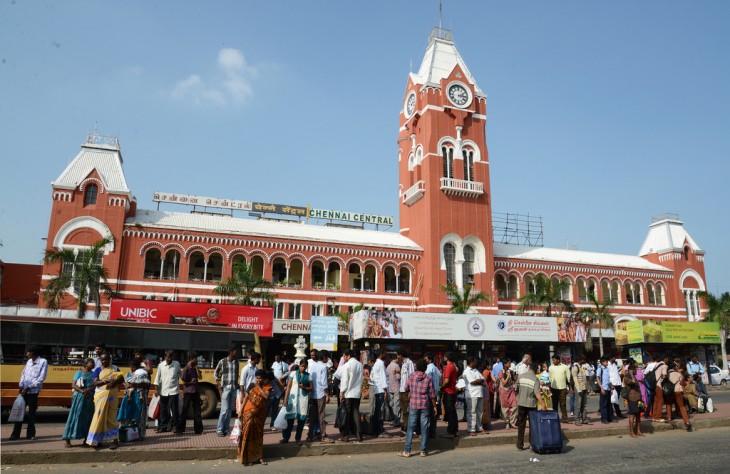 Chennai (Madras name changed) Now
Chennai (Madras name changed) Now
Chennai then named Madras; the capital city of Tamilnadu in India was not a planned city. All the praise goes to the British rulers for what Chennai is today. Chennai was listed in Forbes magazine for the Top ten fastest growing cities around the world. Chennai was regarded as one of the best cities to live in India. This metropolitan area of 7.5 million, up from 4.7 million 20 years ago is projected by the U.N. to approach 10 million by 2025. Located on India’s East Asian coast, the city has so far this year created over 100,000 jobs–more than any other Indian city outside of the much larger Delhi and Mumbai. Chennai is home to India’s second-largest entertainment industry, behind Mumbai.
All these years at Chennai I have only been proud of my city. But when I relate the term Economic Sustainability to Chennai and its activities, I can only be ashamed to be a part of its society. I always believed an architect is the one who will shape the future in whatever terms it may be.
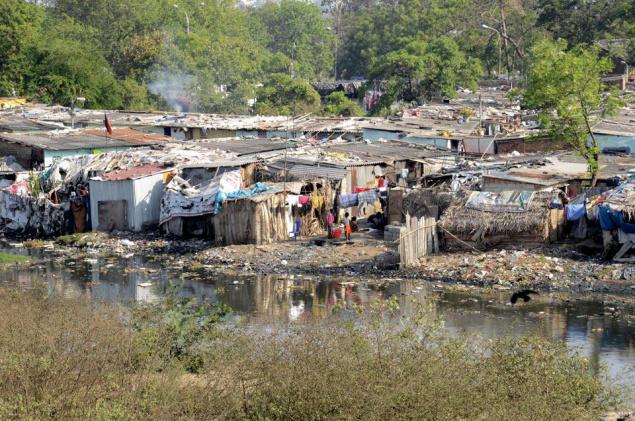 Slum area in Chennai
Slum area in Chennai
As a citizen I was proud of what Chennai is but as an architect I learnt why certain things happen and for what. I used to think why we cannot move the slums to a better place to give them a better living and enhance their way of living. But only as an architect I came to know the reasons behind why they are not moved or why it takes years of planning to move the slum population from one place to another. Even if a city is not a planned one, we can still organise the population in a way by locating them according to their class. We can put a HIG people near a LIG area or vice versa. The cost of living will be very difficult for LIG. It may also violate the traditional and moral values the city holds. To do in an economic manner does not mean doing things in reduced cost or somethings it does not deal with cost at all. Here it refers to doing things in such a way mistakes are reduced and there need not be another change made due a mistake. Here Economic analysis plays a crucial role.
Few months’ backs before joining IAAC I was dealing with a residential project at Kodambakkam, Chennai in India. I was given a small residential apartment about 850 square feet in area. At first stage I showed the clients plan proposals. They rejected both the plans. I was wondering what was wrong with the plans. I did everything right from my side planning according to CMDA rules and Vastu Shastra. Later the client said that they want Wall to wall construction and that they don’t want any setbacks in the plans. According to me I was right to give setbacks but all the apartments in that area had wall to wall construction. This was a small analysis I missed during the site study. Without setbacks it would save them a lot of space for construction. This is was due to the fact that I was constructing in MIG area and the clients would love to save each and every square feet of area as possible. A small detail yet plays a huge role. In this case, it shows how they do economic analysis.
In Chennai one can see all types of people ranging in different economic level. This as a result will help enhance any type of commercial sales. From the rich to the economically weaker section everyone is served. Without the other one cannot survive.
Four five years back the increase in real estate business value saw many new residential apartments and township developments in Chennai and that in turn saw any new investors which helps in the growth of the State’s Economy. Due to this there was a demand for fine sand which is the primary material for the construction of buildings. So the governments authorized digging up of sand from the river beds. And as a result the river beds lost a lot of sands. These rivers are used only during floods to drain the excess water to the sea. Recently two three weeks back Chennai was hit by floods caused by heavy rains after many decades. The lakes and dams were full and the excess was channelized towards these rivers. Due to improper maintenance and removal of sand the river was not in its full potential and the nearby settlements were affected and this flood resulted in more than 270 deaths. Encroachment was happening nearby water reservoirs and lakes for years and during these floods all the settlement lost its trace. This shows that hurting nature will not do any good. If these lakes were not encroached the lakes would have held a lot of waters and flood loss would have been reduced. Economic sustainability starts from this very first level. To save something, never destroy or hurt something else.
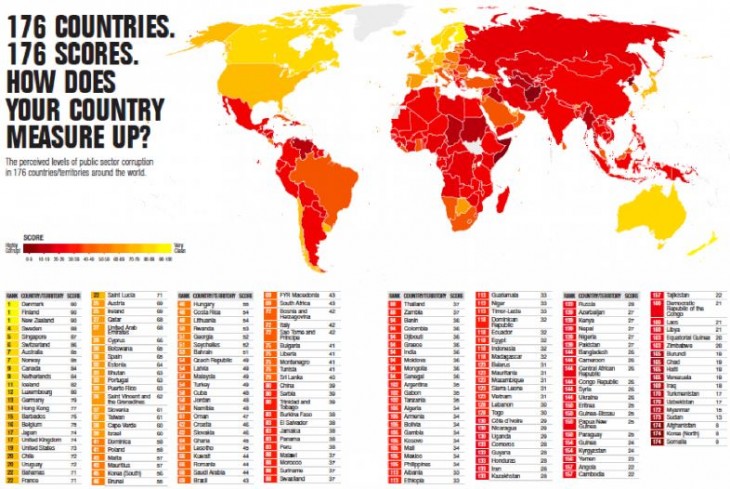 Public Sector Corruption Level
Public Sector Corruption Level
All these can be stopped by the government but as long as corruption prevails it is very difficult to attain sustainability. India stands 94th position among the 176 countries with a score of 36 points out of 100.
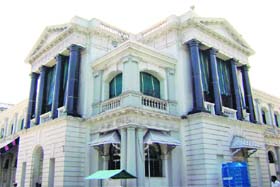 Old Secretariat
Old Secretariat
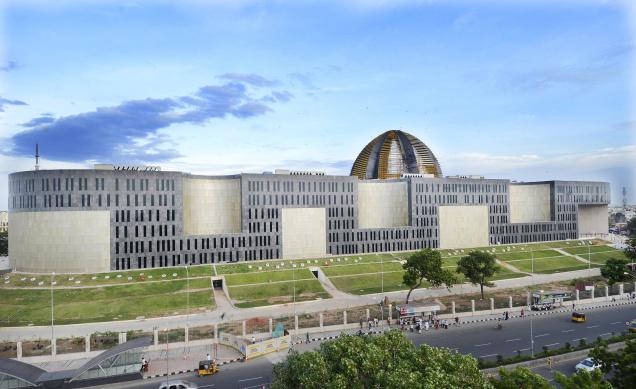 New Secretariat turned into an Hospital
New Secretariat turned into an Hospital
For example- the previous ruling government built a new Secretariat. The following election the ruling government changed and so was the secretariat. Just for the sake of personal ego millions worth building as renovated to a Super Multi Specialty Hospital. From a common man’s point of view it looks like a huge loss in terms of capital for building and then renovating for a completely different purpose. But for the same scenario from an architect’s point of perspective it is good thing that my city got a new Super Multi Specialty Government Hospital in a calm and quiet locality. So in economic terms, loss of capital is first but now there is sustainability where there is a functioning old and traditional secretariat as well as a new and multipurpose Hospital.
The Secretariat previously was black colored building which was a representation of what Tamizh (Language/ people of Tamilnadu) stands for. Tamilnadu has rich vernacular styles and traditions. Pablo Neruda, a Chilean Poet used to say, “Watch out metaphors- people tend to believe them”. The traditions and cultural are integrated to the building by the designers and it teaches the people about its cultural values. These cultural and traditional elements are incorporated to the modern design according to the user needs.
The Fastest Growing Indian is a project of IaaC, Institute for Advanced Architecture of Catalonia developed at Master in Advanced Architecture in 2015-2016
by:
Student: Sureshkumar Kumaravel
Faculty: Gonzalo Delacámara
